
- From 1920s Shanghai, the Local Church spread to the US, where it continues to grow by offering more than just ‘de-Westernised’ Christianity
“I came alone, without knowing any friends in the US,” recalls Michael Chen of his 1997 arrival in New Jersey. “A Chinese PhD student picked me up from the airport and prepared my first meal; another brought me, and other newly arrived Chinese students, for weekly grocery shopping, which is one reason we couldn’t reject his offer to go to his church.”
Having earned a bachelor’s degree in engineering in physics from Tsinghua University, in Beijing, Chen had crossed the Pacific to pursue a master of arts in electrical and electronics engineering from Rutgers University, where he “first heard the gospel through a Taiwanese student, who brought a few other students from China and me to a denominational Christian church”, explains Chen, now in his late 40s.
“From childhood, I had been educated that any religious faith is anti-science, and therefore deceiving. Christianity, in particular, was an accomplice to Western imperialism that had invaded China and brought ill fortune to the Chinese people.”
But after attending services, then being invited to a home-cooked meal and a Bible study in 1997, and “seeing their sincere and warm faces”, Chen says he decided to “give it a try”.
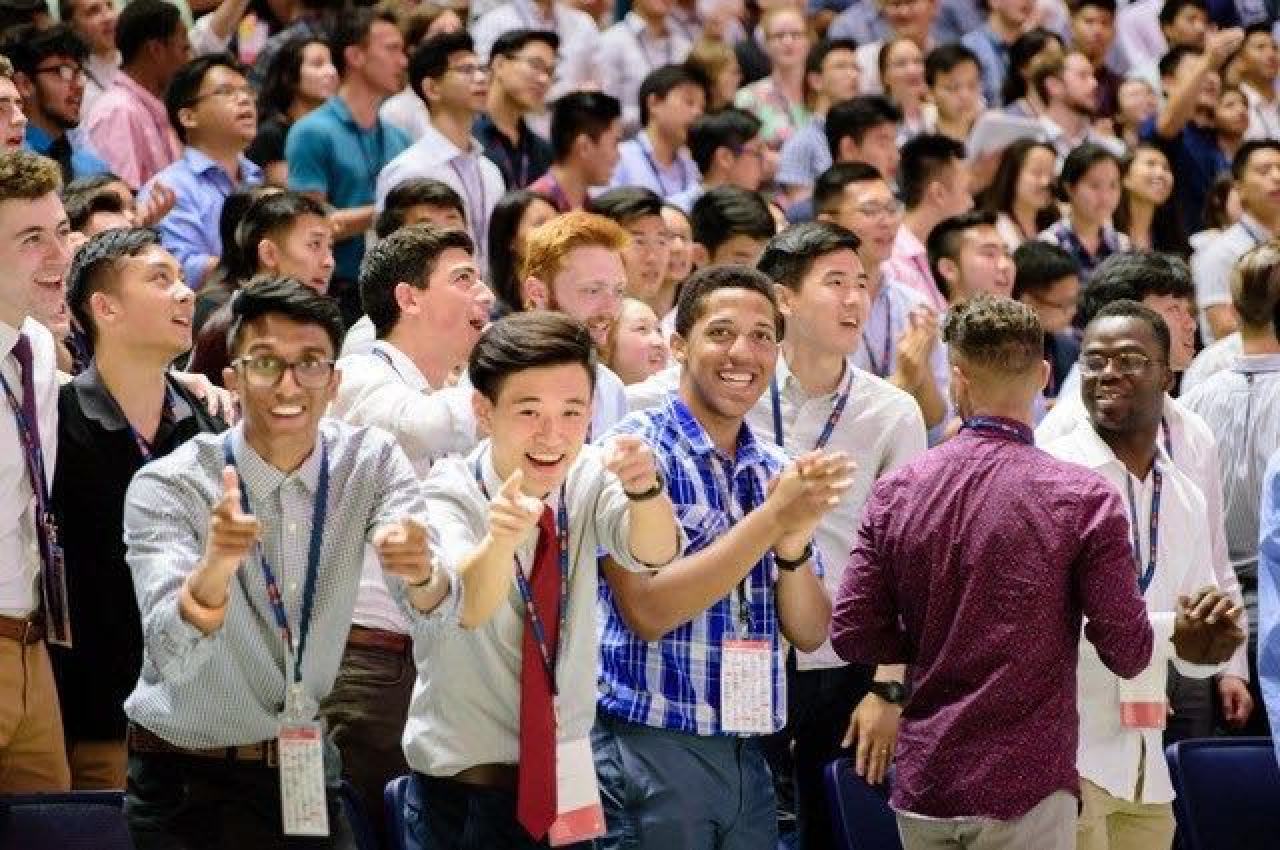
“After calling on the name of Jesus, I felt a warm current in my body. I was amazed, and knew that Jesus began to live in my heart from that moment on.”
After he earned his Rutgers degree and settled into work, Chen earned an MA in theology and theological studies, between 2009 and 2012, from Fuller Theological Seminary, in Pasadena, California. Today, living in the San Gabriel Valley, east of Los Angeles, with his wife and daughter, he is working on his PhD dissertation in systematic theology at Fuller.
The Christian converts in Ming-dynasty China who made the religion respectable
Chen is also now a minister at “The Church” in Franklin, New Jersey, affiliated not with the denominational Christian churches he was first exposed to all those years ago, but with the Local Churches, a movement that can be traced back more than a century, to a man in China, named Watchman Nee.
While most Protestant movements branch out of European tradition, Nee’s “Local Churches” in China had a uniquely local flavour, and now boast congregations in Britain, India, Japan, Lebanon, New Zealand and Nigeria, with more than 300 in the United States and Canada alone.
“I think one of the reasons [the Local Churches’] ideas have caught on in so many countries is that they offered a de-Westernised version of Christianity,” says Paul Chang, an assistant professor of Global Christianity at the University of California.
There was no pulpit, and [Watchman Nee] made those around him feel that he was listening and not judgingJennifer Lin, author and a descendant of Nee
Born and raised in California, 41-year-old Chang has studied Nee’s ideas for decades – “a form of Christianity that cut out a lot of the European and North American cultural influences”, he explains. “Their message also proved attractive because of its emphasis on the human spirit, as a potential place in each person to find a transcendent union with God.”
Born on November 4, 1903 as Ni Shu-tsu, Watchman Nee rose from humble beginnings to become an unlikely spiritual giant. Known also as Ni Tuosheng, or Nee T’o-sheng, Watchman spent much of his formative years in Fuzhou, Fujian province, where he attended the Church Missionary Society (CMS) Vernacular School and received a Western education.
“Watchman Nee’s speaking style was gentle,” writes Jennifer Lin in her book Shanghai Faithful: Betrayal and Forgiveness in a Chinese Christian Family (2017). A direct descendant of Nee, Lin has explored her family ties to the influential figure.
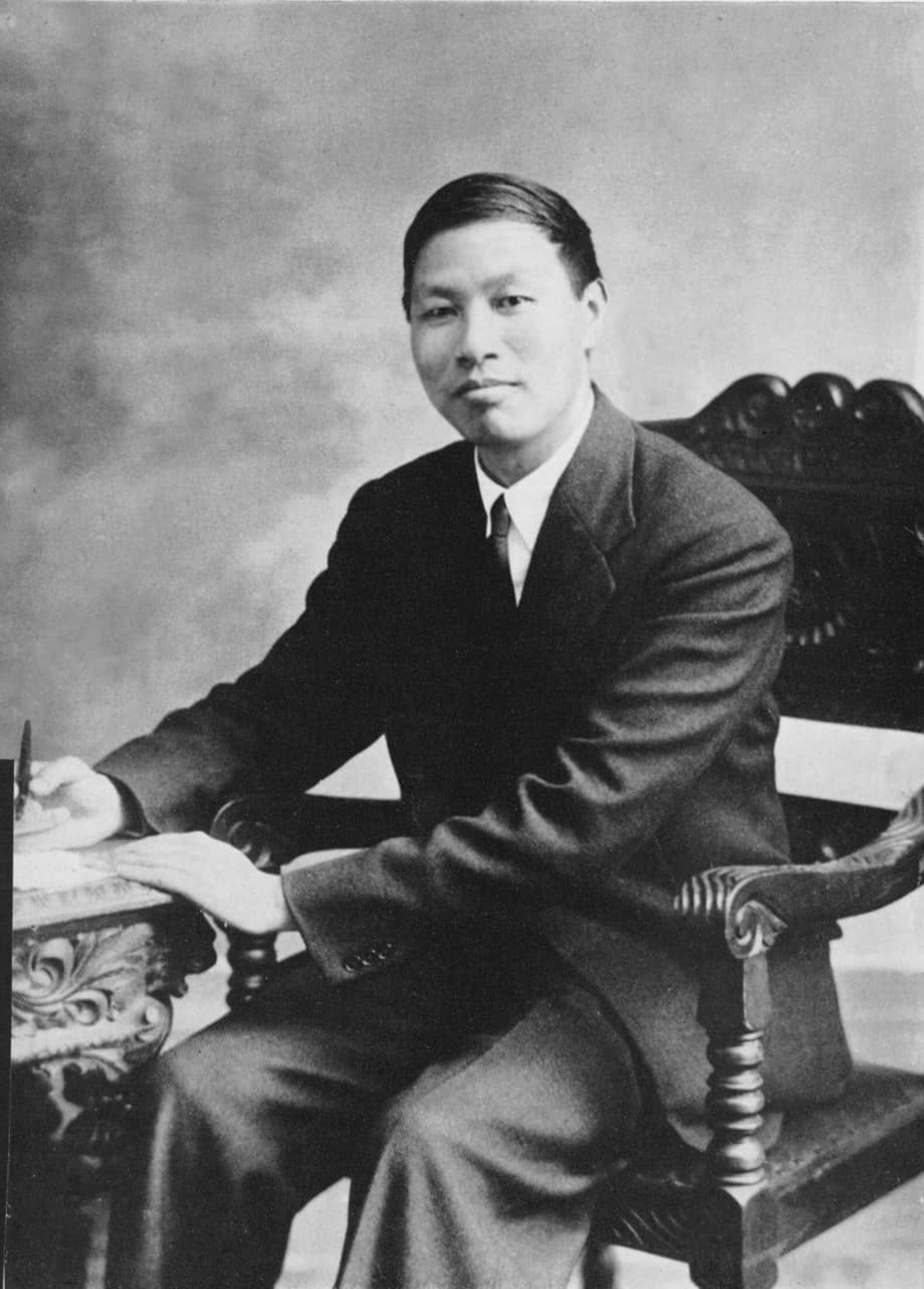
“There was no pulpit, and he made those around him feel that he was listening and not judging,” writes Lin. “Standing before a crowd, dressed in the dark blue, traditional cotton gown, he prayed slowly, letting the words out deliberately, and he distilled his thoughts in language that anyone could understand.”
In May 1850, CMS established a dispensary hospital in Fuzhou as part of the South China Mission, and from 1844 CMS built hospitals and schools in Zhejiang, Fuzhou, Hong Kong, Guangdong and Sichuan.
After at first resisting his biblical education, Nee fully converted in April 1920, at the age of 16, and eight years later changed his name and founded the “Little Flock” movement, becoming a prolific preacher, teacher and writer with his series of talks and publications such as The Present Testimony and The Christian.
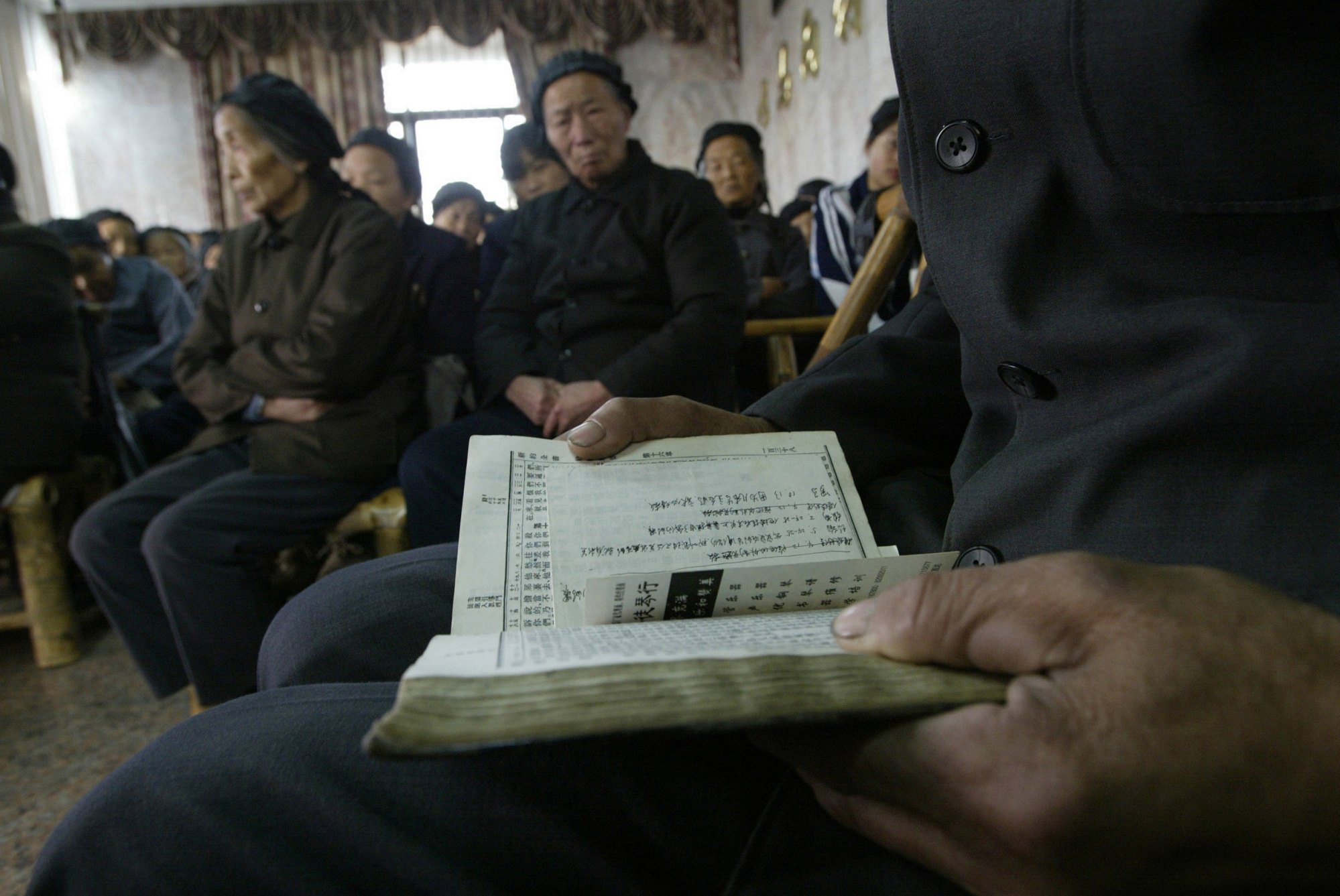
The Local Churches started off as a Three-Self Movement – not to be confused with the Three-Self Patriotic Movement – which allowed “indigenous” Chinese people to create a church that is self-governing, self-supporting and self-propagating.
The concept was introduced by Henry Venn of CMS as a missiological strategy for establishing indigenous churches, missiology being the study of Christian missions.
(To this day, outside the five highly regulated, officially approved religions in China – Buddhism, Taoism, Islam, Protestantism and Catholicism – private religious meetings are illegal, and therefore many believers worship in undocumented “house churches”, outside the restrictions and regulations of the government, on pain of serious legal repercussions. Written works by Nee are often circulated at such assemblies.)
In 1942, Nee opened the China Biological and Chemical Laboratories with his brother, who was a research chemist. The same year, he was expelled from leadership in the church for corrupt business practices and sexual immorality with female colleagues and prostitutes.
After distancing himself from business operations in 1945, he turned over the company to the church, and wrote three books that represented a major shift in teaching – limiting the power of the elders and giving ultimate authority to “apostles”, i.e. himself.
What happened to China’s early Christians and their heretic doctrine?
He was restored to leadership over the Little Flock in 1947 in Shanghai, by which time its following was estimated to have grown to between 150,000 and 300,000.
In 1950, Nee preached in Hong Kong, after which he sent for his second-in-command, Witness Lee, to assist with services in the city. During his visit, Lee brought up the need for a branch in Taiwan, which was experiencing a swell in Christianity as believers fled the unfriendly Communist regime.
That is when Nee decided his Gospel Book Room would expand: the main branch in Shanghai, one in Taipei and one in Hong Kong, each to be managed by different members to avoid the risk of being shut down in a single raid.
Shanghai would remain under the direction of Nee while Lee was charged with overseeing operations in Taipei, to “ensure that the things delivered to them by the Lord would not be lost” – and instructed to continue publishing Nee’s works outside the Communist Party’s reach and distribute the material from Taipei to the rest of the world.
The Hong Kong operation was run by another disciple of Nee, Weigh Kwang-hsi.
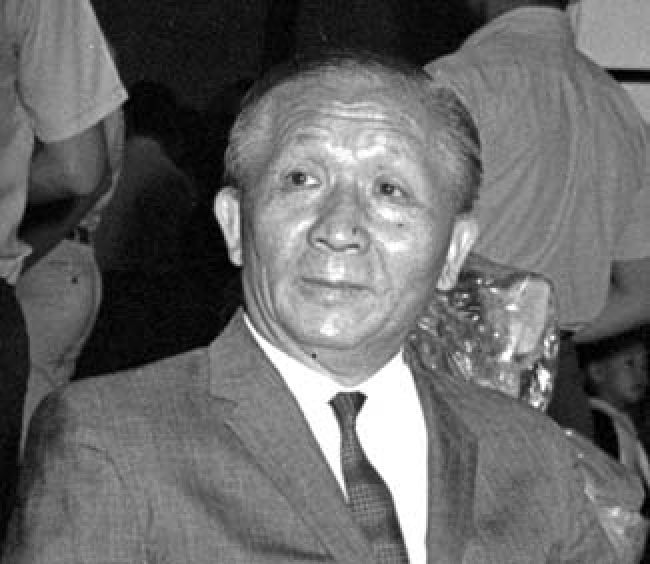
According to Chang, neither Nee nor Lee ever publicly condemned the Communist Party, but Nee was arrested in 1952 and sentenced to 15 years for tax evasion and corrupt business practices, as Mao Zedong’s administration began rounding up religious leaders and intellectuals into prisons, or distant farming fields.
“When Watchman Nee was imprisoned in 1952, there were upwards of 700 Local Churches with 80,000 members in China,” says Isaac Hsu, who works with the Local Churches in California. “Today there are thousands of Local Churches with at least a million members in China, and over 10 million [worshippers] in house churches who appreciate Watchman Nee’s ministry.”
To his followers, Nee represents a Protestant fight for the Chinese soul. But unlike Martin Luther, who was excommunicated by the Catholic Church, Nee faced the wrath of Communist China. He died in prison for his faith, and believers in China and beyond still take encouragement from his example.
The story goes that the prison guard who found him dead on May 30, 1972, had no knowledge of Christianity and gave the family what he believed was a suicide note. The scrap of paper read: “Christ is the son of God. He died as the redeemer for human beings and was raised from the dead after three days. This is the biggest thing in the universe. I shall die for believing in Christ.”
During Nee’s incarceration, Lee continued to grow the church in Taiwan, building it up from a mere 350 believers to 20,000 in five years, according to Lee’s website.
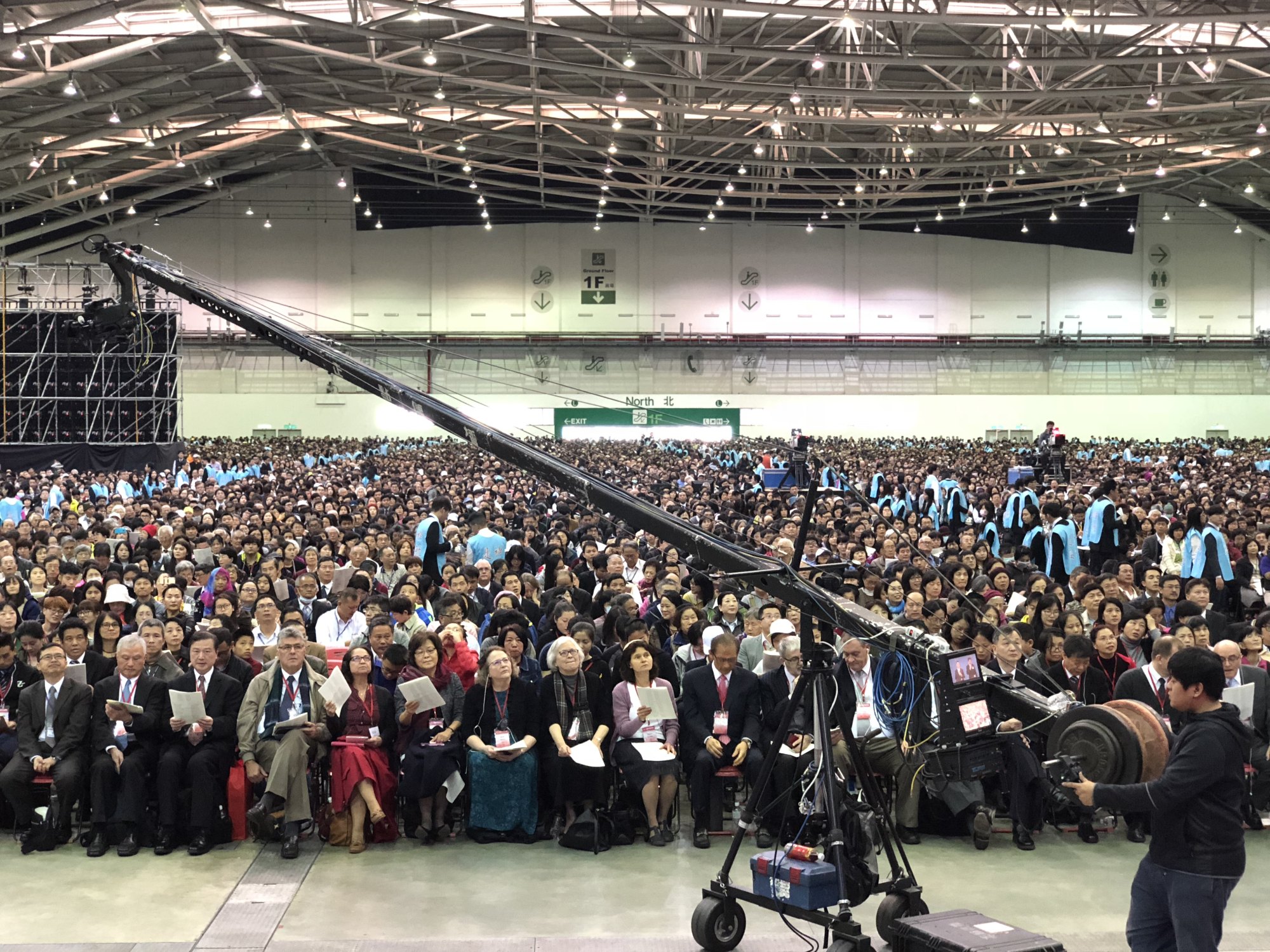
In 1962, Lee felt called to the US to expand the ministry. He had visited the country previously, and felt that he could entrust his work in East Asia to the people he had trained. Lee settled in California as the Chinese population there boomed, and he remained active in the church until 1997 – the year when Michael Chen began attending services.
“Lee came to carry out Watchman Nee’s ministry and God’s commission not only in the USA but also to the whole Earth,” says Chen. “He settled in California due to the reception of his ministry among the Christians. ‘The All-Inclusive Christ’ is the first conference Witness Lee gave in the United States, in 1962 in Los Angeles.”
In every Local Churches outpost (known as lampstands) members evangelise to their community, much in the way Chen was brought into the fold in 1997.
Today, Nee and Lee’s publishing legacy is carried on by Living Stream Ministry (LSM), a non-profit organisation based in Anaheim, California, that brands itself as a Levitical service.
Its Recovery Version of the Bible, used in Local Churches, was first published in 1991, with footnotes by Lee, and revised in 2003 and 2016. (There is also an app made by LSM for iOS and Android.)
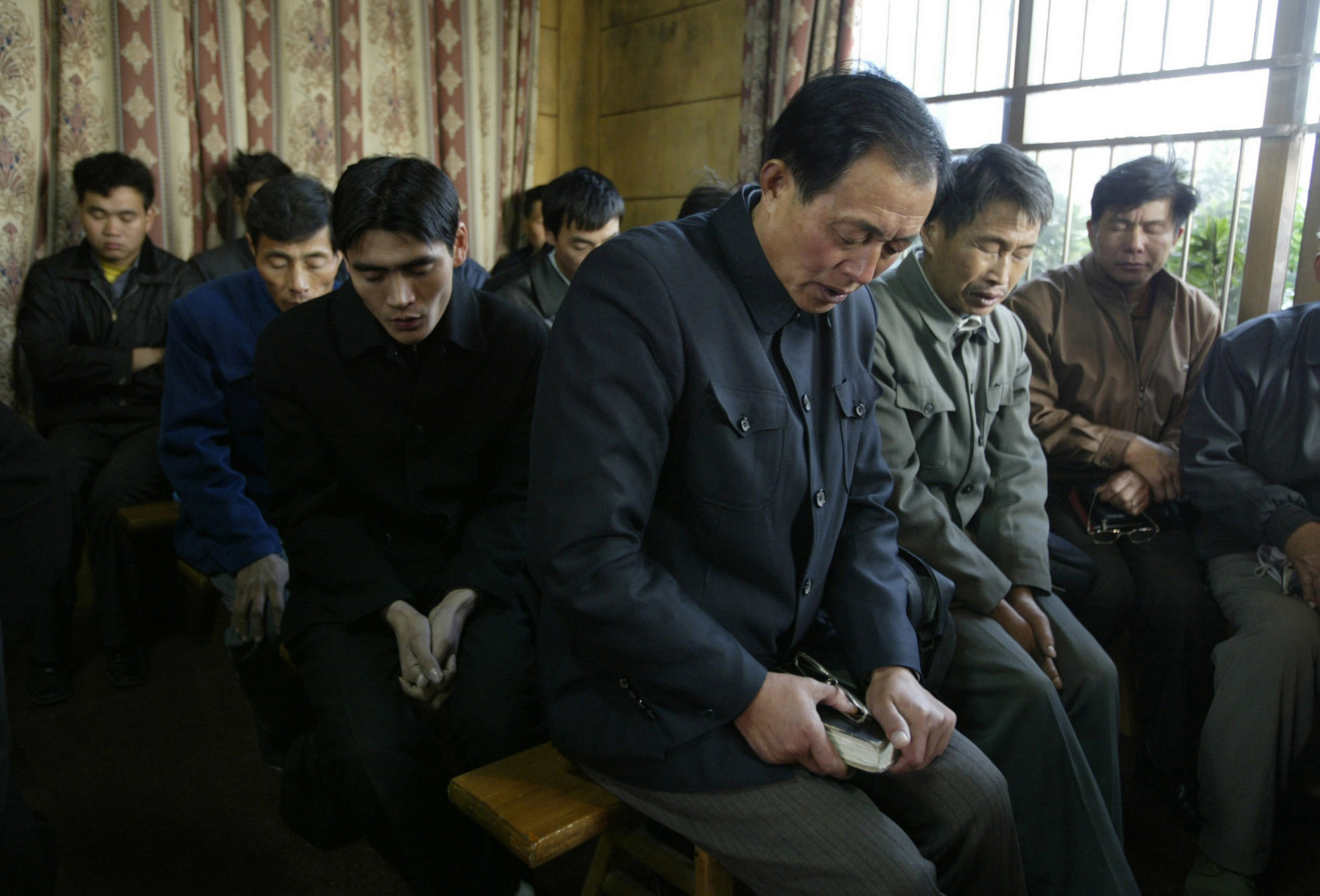
Lee was no stranger to criticism in his time, and his teachings have consistently come into question by counter-cult organisations such as the Christian Research Institute (CRI) and the Spiritual Counterfeits Project, especially on the topics of the nature of God, the nature of man, God’s full salvation and the Church.
In 1976, Bible publisher Thomas Nelson commissioned two books, The God-Men and The Mindbenders, that both dealt in part with the teachings of the Local Churches. Both works accused the Churches of authoritarianism, thought reform, isolating members, deceptive recruiting, financial malfeasance and the use of fear and humiliation to control members.
The Local Churches sued many detractors that followed, using church branches and members to bring multiple cases against their foes. Some disputes have been settled out of court, but, much as with other hyper-litigious religious organisations, most opponents avoid getting on the Churches’ bad side.
CRI, for example, has retracted statements describing the group as “cult-like”. Meanwhile, Harvest House, publisher of the Encyclopedia of Cults and New Religions, which features a section on the Local Churches, won its court case and, according to its website, “did not retreat or settle”.
Christianity Today, a magazine founded by superstar American evangelist Billy Graham, wrote in a March 2006 editorial that “one by one, and in their own words, representatives of the local churches testified to their belief in one God, revealed in three persons who are eternally distinct; to the reality that human beings can never ontologically attain Godhood; and to the fact that they were ‘only the church’ as opposed to being ‘the only church’.”
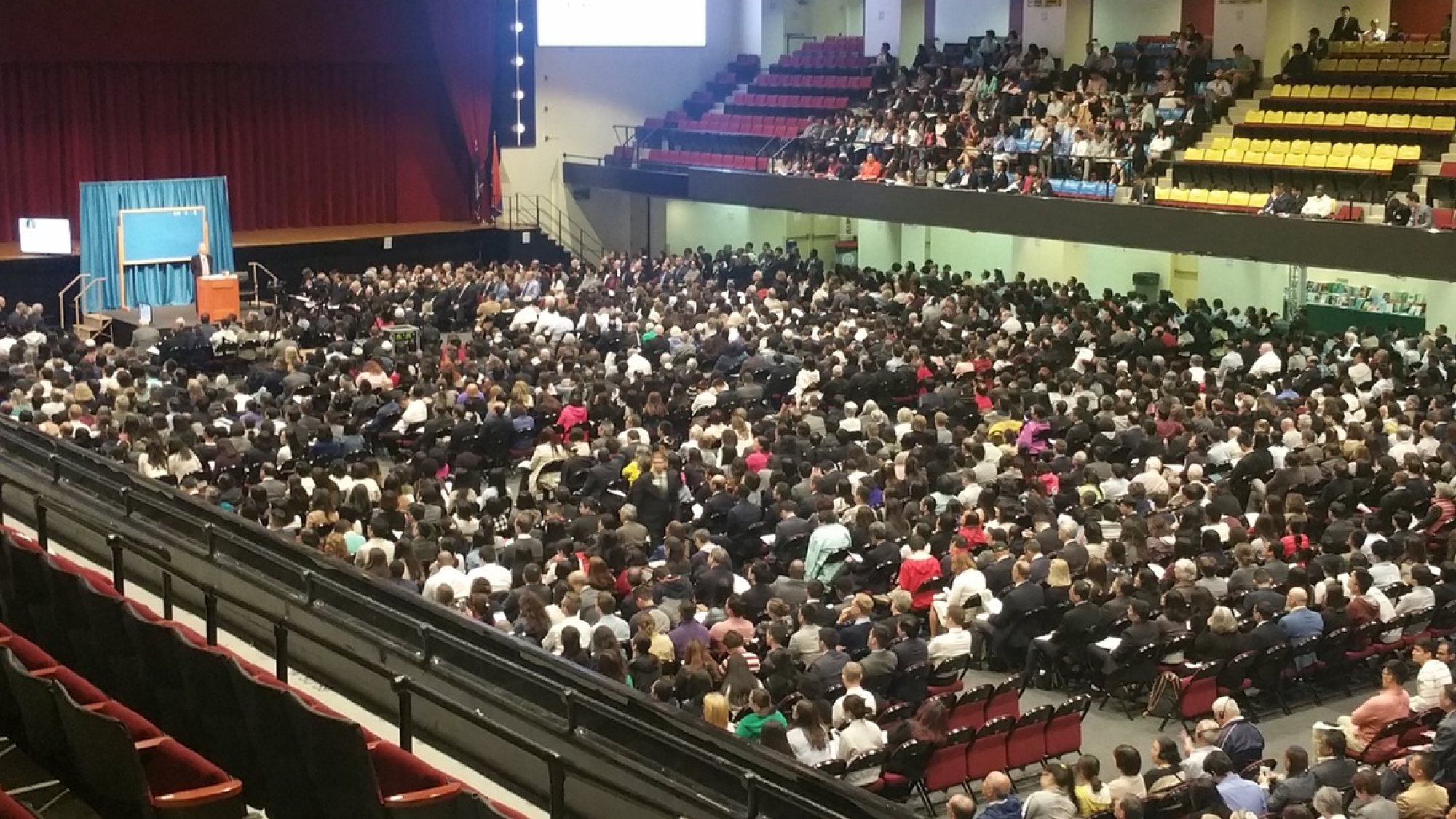
A few years after the death of Mao, China began to reopen to international trade and travel. Similar to what the Soviets would soon experience with glasnost – increased openness and transparency in government institutions and activities – a “post-80s generation” in China experienced an almost unrecognisable country.
“The Local Church’s members in Hong Kong, Taiwan and California were among the first Protestant groups to return [to post-Mao China] and reconnect with mainland Christian communities,” says Joseph Tse-hei Lee, director of the Global Asia Institute at Pace University, in New York.
Lee has written a paper on martyrdom in Chinese Protestant Christianity. “Dying for Faith, Transforming Memories: Chinese Christian Martyr Watchman Nee”, was published in the Macau Ricci Institute Journal in September 2020.
“Nee’s tragic story recasts the church-state conflict as a spiritual and moral struggle, healing the emotional wounds of persecuted Christians and inspiring them to defend their faith,” Lee says.
Michael Chen, who returns to China at least once a year to visit family, and whose name has been changed here to protect his identity, says he does not fear persecution for his faith.
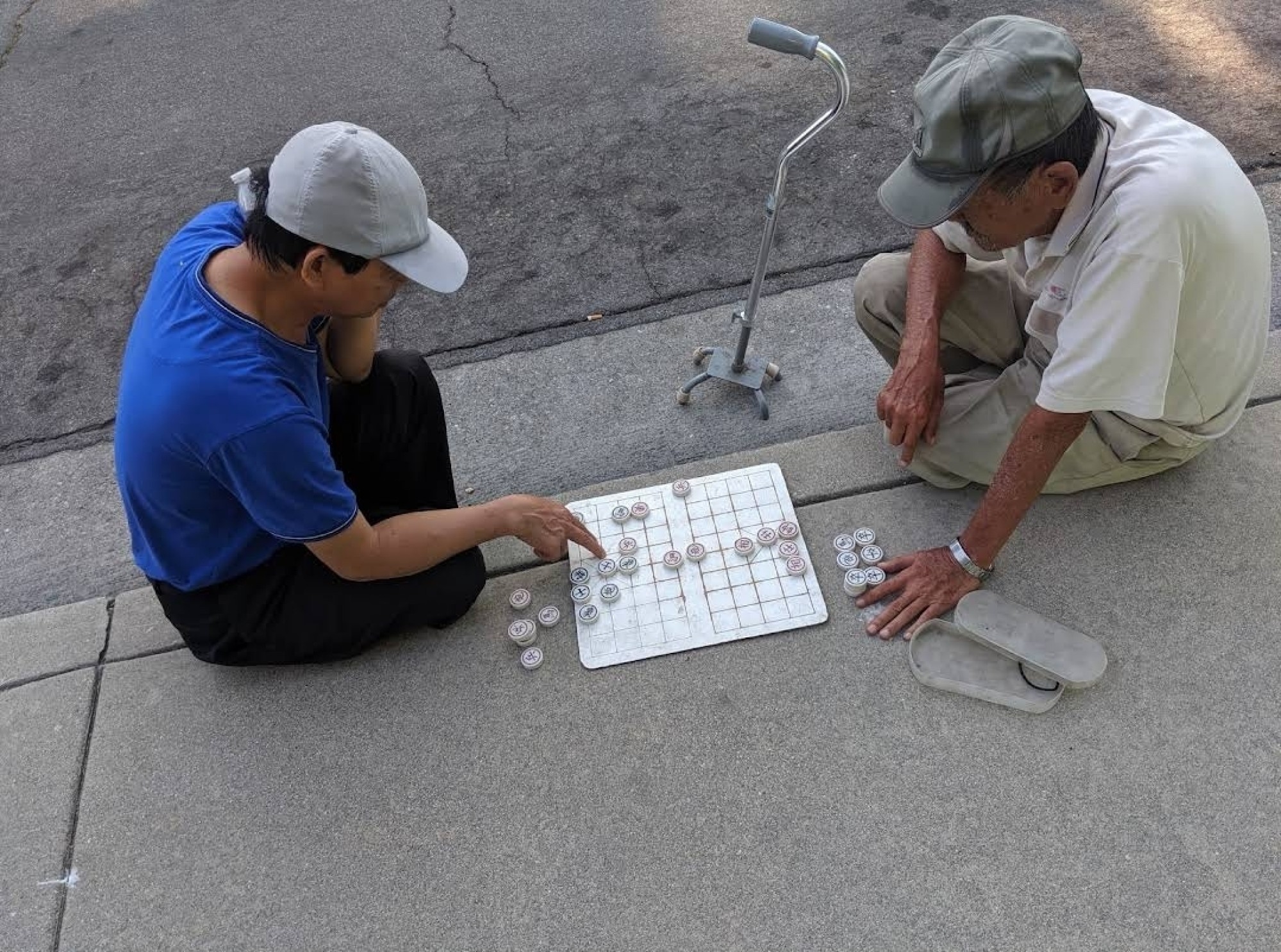
“I did not know any Christians or hear any gospel while I was in China,” recalls Chen. “It was not until I became a Christian through the believers in the Local Churches that I began to read Watchman Nee and Witness Lee. What attracted me most was the loving atmosphere in their family life and church life.
“Soon I was baptised and have been enjoying the Lord, the church life, and pursuing God’s word through the help of the ministry of Watchman Nee and Witness Lee.”
Thanks to the community of about 15,000 believers Stateside in the ’90s, Chen was able to connect to people with similar backgrounds in a foreign land and, whether it’s California or New Jersey, the Local Churches have built up a network that continually sends representatives into the world around them.
There are estimated to be between 500,000 and 2 million members connected to the movement worldwide.
“In places such as Monterey Park [a city in the San Gabriel Valley, California], where many new Chinese immigrants find it easy to settle in, our churches have been active in preaching the gospel,” says Chen.
And they continue to make campus ministries a priority, proselytising to students all over the US. In southern California, the Local Churches are recruiting students – both international and domestic – at more than 150 institutions. They do so by outreach efforts such as Friday night home meetings for students and young adults – just as Chen attended services after members bought him food back in 1997.
“Before I became a Christian, I felt lonely as a stranger and alien to this country,” says Chen. “Yet after I became a Christian and began to meet with the believers in the Local Churches, I received much spiritual shepherding and genuine care like in a real family and, in a sense, much more than in my own family.”

